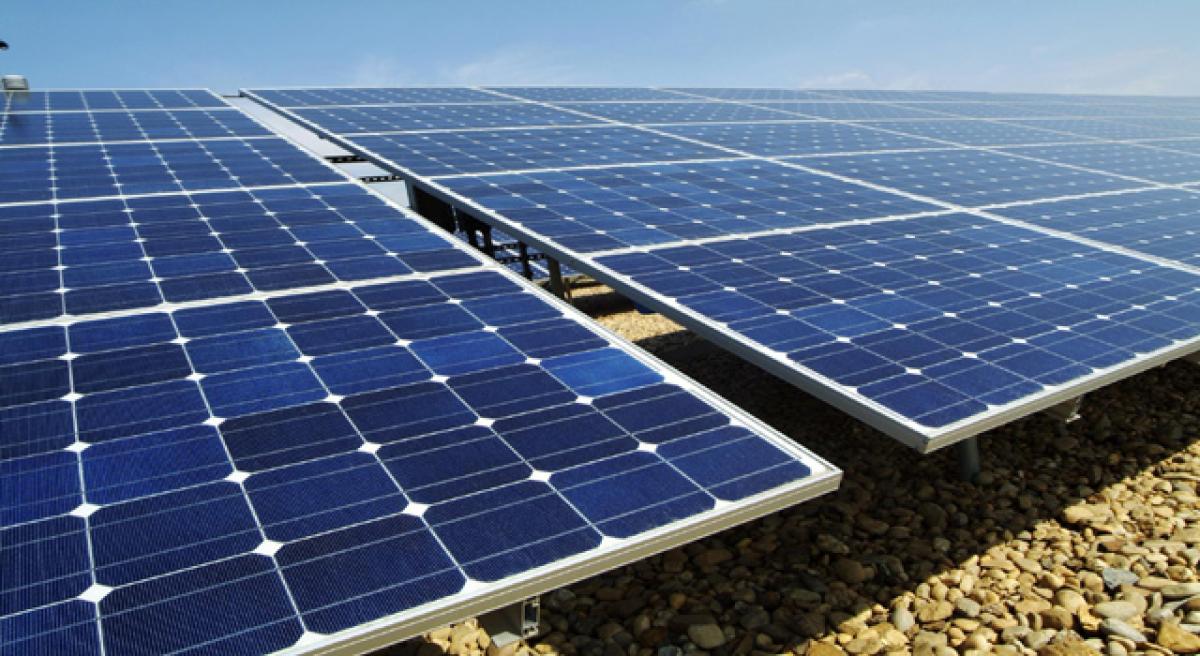Live
- People want Eknath Shinde to become Chief Minister again: Shivaji
- All hospitals must have fire safety systems in place: Health Minister
- Visesha Pret exhibition organised
- Ayurvedic doctor booked for high antibiotic dosage to pregnant woman
- HSL bags two SODET Awards
- Revanth calls for 10-day festivities from Dec 1
- ‘Storytelling’- a platform to share pain, inspire people
- Our govt will extented all help to young entrepreneurs: Ponnam
- 1,200 participate in Sahasra Galarchana at Tirumala
- IT Minister reassures govt support to start-ups
Just In

Scientists have found a promising new alternative solar cell material that may lead to more efficient and cheaper solar panels. Perovskite is relatively easy to process and, therefore, cheaper to manufacture, but also has an efficiency of 22 per cent, close to currently used silicon-based cells\' 25 per cent.
Singapore: Scientists have found a promising new alternative solar cell material that may lead to more efficient and cheaper solar panels. Perovskite is relatively easy to process and, therefore, cheaper to manufacture, but also has an efficiency of 22 per cent, close to currently used silicon-based cells' 25 per cent.
"Silicon is very labour-intensive and requires very high temperatures to process. But with alternative cells there is inefficiency in capturing the energy from the Sun," said Wei Lin Leong from Singapore's Agency for Science, Technology and Research.
The dominance of commercial and research investment in silicon has made it difficult to convince researchers and commercial developers to adopt new technology.
"This new class of solar cell is only around four years old, so although it has high performance, people don't understand the system and why it's doing so well," Leong added.
Her study, published recently in the journal Advanced Materials, provided important insights into the basic physics of perovskite solar cells by measuring their efficiency at different temperatures and light intensities.
For most conventional or silicon-based solar cell technologies, efficiency worsens as temperature rises. However, the perovskite cells still worked at higher temperatures, with performance peaking at around 330 Kelvin -- or 57 degrees Celsius -- and then declining slightly after that, meaning their performance will be high even on a relatively hot rooftop.
It also showed that, contrary to arguments made by some critics, the material was highly efficient at collecting charge through electrodes. Leong believes that perovskite will eventually challenge silicon commercially.
"In terms of efficiency, perovskite is already close and it can be made much more cheaply," she said. However, more research needs to be done to ensure that the lead in perovskite does not leak and how to make cells big enough for commercial use.

© 2024 Hyderabad Media House Limited/The Hans India. All rights reserved. Powered by hocalwire.com







